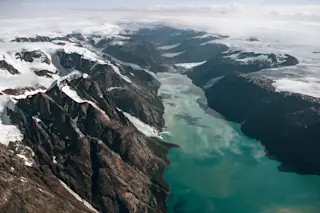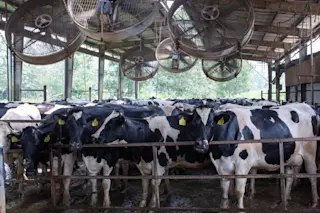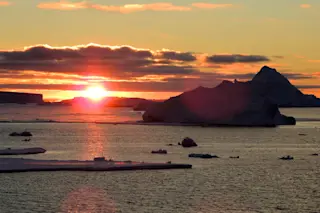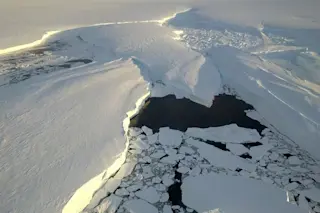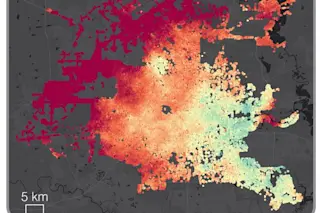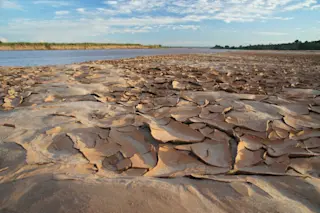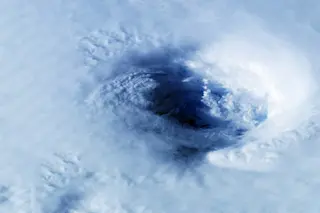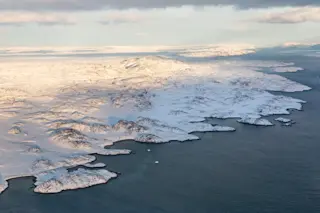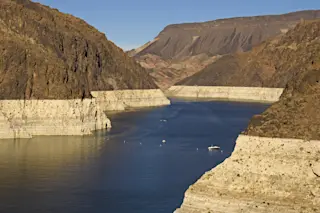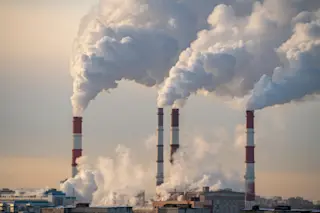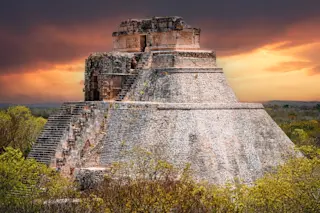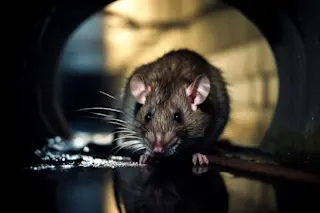Acquired 2013. (Source: NASA Earth Observatory)
Acquired 1935 (Source: NASA Earth Observatory) I love NASA's Earth Observatory so much that I check in with it every day knowing I'll be rewarded with a visual treat about the Earth. But I'm a journalist, which means I have an urge to try to break news first. That includes beating the folks at EO to big, visual, Earth and environmental sciences stories (which I'm proud to say I've done from time to time). Today, though, I just have to share the Earth Observatory's imagery as is. It consists of the two photographs above of the Sukkertoppen ice cap in southwest Greenland, which is being affected by global warming. Both were shot from aircraft. Sometimes, a picture really is worth a thousand words — except in this case, it's two pictures. Take a minute to gaze at them... That beautiful fjord in the top ...


